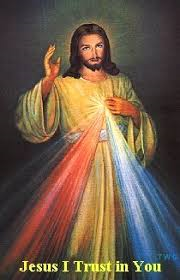On Easter Morning, the three women visited the Tomb of Jesus to complete the burial rituals but were astounded to find that the tomb was empty except for the linen used to wrap the body of Jesus. We are not told what happened to this linen – we are told the great news that Jesus is risen from the dead.
However, the intriguing story of the Shroud of Turin gives us much to consider and perhaps tells us what happened to the linen from the tomb. The Shroud is a piece of linen kept in Turin Cathedral in Italy and is what we would expect a body in First Century Jerusalem to be wrapped in for burial.
The Shroud has been kept in Turin since the 14th Century. Where it was before then is uncertain though through the previous centuries, there are a number of reports of a miraculous cloth which would match the Turin Shroud.
The Shroud has an unexplained image of a man with wounds on his body which match those of someone crucified by the Romans but more specifically the wounds of Jesus as described in the Gospels. The most amazing discovery about the Shroud was made by an Italian photographer, Secondo Pia who in 1898 was allowed to photograph the Shroud and discovered that the image of the man was far clearer in his negatives of his photographs. As yet there is no accepted explanation of how these images were formed on the Shroud.
However, a 1998 carbon dating of the Shroud suggested that its origin was in the 14th Century. Many people have some concern over the validity of this carbon dating.
For many people the Turin Shroud gives a devotional insight to the Passion of Jesus. The image marks out his wounds and suffering. All accepted to save each one of us from sin.
Your task is to research and take notes about :
1. The history of the Shroud.
2. Links to First Century Palestine including the material and pollen.
3. The origin of the image.
4. The wounds on the image particularly the nail marks on the wrist and not the palm of the hands.
5. Carbon Dating.
6. What the Shroud tell us.



